Acquisitions and mergers are not uncommon: many fleet decision-makers have been through the challenge of fusing two fleet policies, vehicle choice lists and driver handbooks.
But 50 in 17 years? That’s the relentless nature of growth at Nurture Group, the UK’s largest grounds maintenance, landscaping and green services business.
Nurture was founded by Peter Fane in 2008 with a solitary van. He is still involved as executive chairman, with the business now led by a familiar face to the fleet sector – former AA chief executive officer, Gareth Kirkwood OBE.
Group fleet manager Mohib Iqbal has been involved with 21 of those acquisitions since joining Nurture in 2021, when the fleet totalled fewer than 700 vehicles.
One of the largest took place last year, when Nurture Group bought Tivoli Group and its fleet of 700-plus vehicles. It inflated the business to 2,334 vehicles and more than 20,000 assets, ranging from tractors and ride-on mowers to hedge-trimmers.
Just pause on that astounding fact: from 2021 to 2024, Nurture Group more than tripled its fleet size!
The frequency with which Nurture Group has been buying and absorbing businesses, as well as extending its vertical interests into pest control, winter gritting and arboriculture, means the fleet team follows a robust process when on-boarding new drivers and vehicles.

“Typically an acquisition integration period can be anything between three and eight months depending on the size and scale of the business,” said Iqbal (pictured above). “It is agreed at the time of sale of how long they will be trading under their own brand before becoming part of Nurture Group.
“Once the acquisition is live, there will be a number of meetings held internally to create an integration plan (based on RACI – responsible, accountable, consulted, informed) with key stakeholders from all the key business functions - fleet, HR, marketing, finance - to formulate the integration plan. This is chaired by our acquisitions team on a bi-weekly basis for everyone to update on progress.”
Among the key decisions is whether the acquired business will be rebranded with Nurture existing marque or continue to operate under its legacy name, which is the case with Tivoli, Gavin Jones and Gristwood & Toms due to their prominent positions in the market.
One obvious impact of any rebranding will be the need to wrap vehicles with the Nurture livery within the integration timeframe.
Meet and greet; data collation
Early in the process, the fleet team will go and meet the people responsible for the fleet at the acquired company to begin understanding vehicle numbers, supplier partners and contract terms. They will also collate any fleet data – if available - to build a picture of how it works operationally.
The team can then identify any synergies and the areas where change management needs to be deployed.
“Within the integration time, we will need to ensure the drivers and vehicles are integrated into the Nurture Group policy,” Iqbal said.
“This will include onboarding new colleagues onto the various fleet systems, licence checking, vehicle re-branding and cancelling of existing supplier contracts such as fuel card contracts where possible and cost effective.”
Communication of policy and process changes is usually done at a welcome meeting with all management and colleagues. This is supported by company-wide toolbox talks and during any TUPE consultation meetings with HR.
Iqbal views any fleet integration as an opportunity to review his own fleet strategy and ensure he is using the best, most effective methods.
“Some of the positives from integrating a fleet include using best practices from both organisations, such as onboarding new suppliers, enhanced terms and improved vehicle rates due to growth in fleet size,” Iqbal said.
“There might also be new ways of working and better economics of scale, but also opportunities for reducing the overall size of the fleet through more efficient use of vehicles which could also impact on ESG initiatives.”
While the intention is to bring everyone into the Nurture structure, including leasing, telematics and fuel card providers, inevitably the fleet team will be required to manage multiple suppliers and different platforms until contracts come to an end.
Nurture’s growth hasn’t purely been through acquisition, though. The business continues to expand organically through new contract wins which at times required mobilisation at short notice.
It now operates five brands across six service verticals, including grounds maintenance, landscape construction, arboriculture, plant displays, winter gritting and pest control, and employs more than 4,100 staff.
Fleet team of six
The fleet team numbers six – Mohib Iqbal, regional fleet manager Saf Saleem, business support manager Michelle Acton and fleet administrators Kate Gee, Katie Smith and Jordyn McKenzie – supported by three regional asset and fleet managers: Neil Daley, James Abbott and Emlyn Taylor.
Iqbal reports into the head of fleet & assets Asim Iqbal (picture below), who has overall responsibility for procurement and capex across the operation. Asim also runs the network of six workshops and 42 mechanics who service and maintain all the group’s machinery.
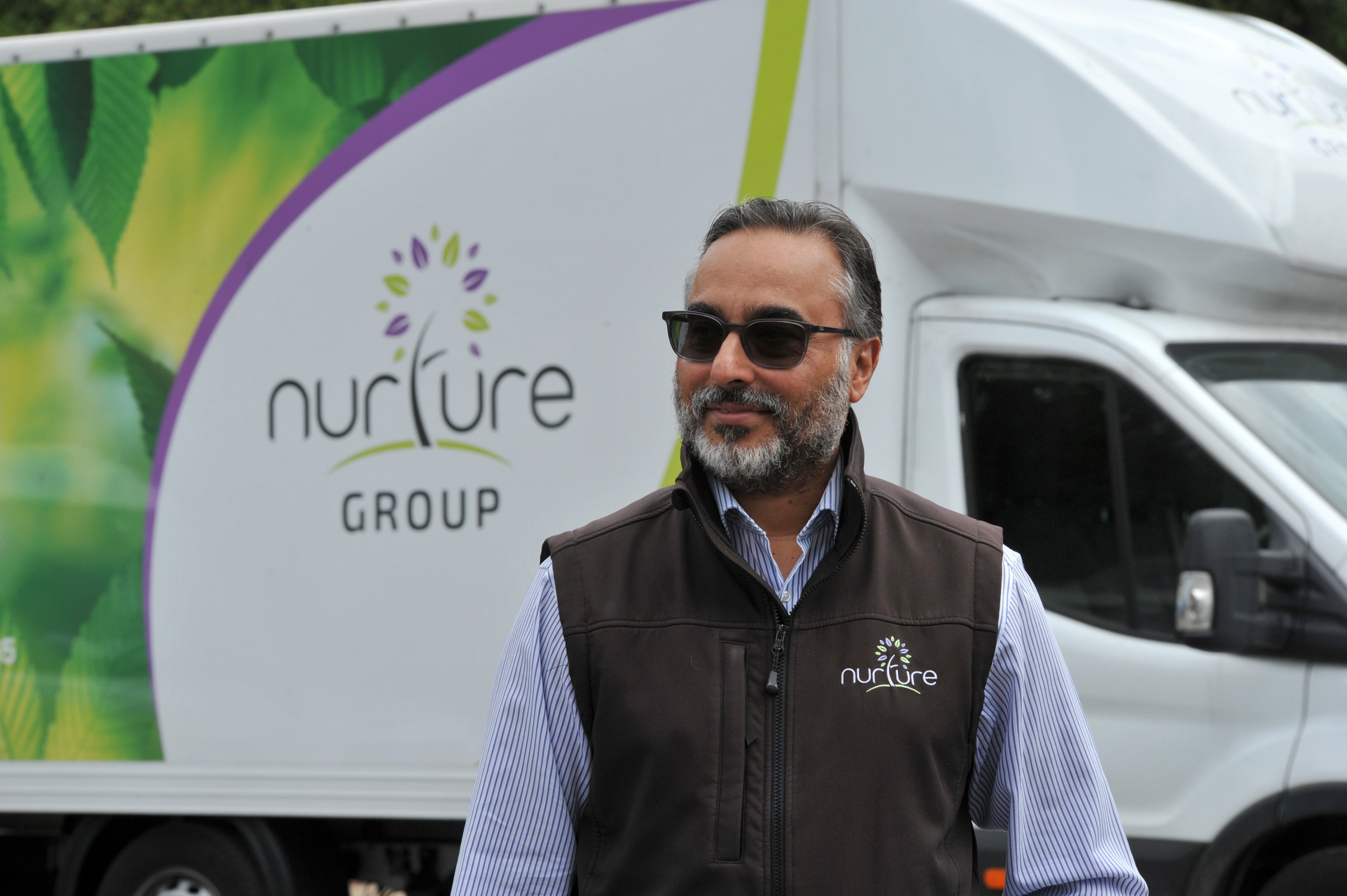
Managing the entire department from a strategic perspective is national operations director Jonathan Fraser. He also manages the property portfolio for Nurture’s 126 locations and is managing director of its interior and exterior plant displays business.
Vans make up the bulk of the vehicle fleet, with 250 company cars and 56 HGVs (plus 216 trailers), leased through three partners, typically over 60 months with some higher mileage contracts dropping to 48 months.
The funding method changed from outright purchase in 2017, with Northgate appointed as the primary supplier, having already supported Nurture on its growth journey, with some vans also provided by Enterprise. Company cars are leased through Zenith.
“We have a flexi-hire relationship on vans so we can adapt with no termination cost if the contract changes, which is the nature of our business,” said Iqbal. “We also have peaks and troughs where we need to hire in temporary vehicles at short notice, which we can do through suppliers such as Northgate and Enterprise.
“It also gives us the flexibility to change from ICE to electric partway through a contract if a suitable model becomes available – again with no termination fee.”
He added: “Downtime is key for our business and Northgate has workshops across the UK which gives us the necessary coverage to ensure any repairs and maintenance is done quickly with the provision of a courtesy vehicle.”
With an eye firmly on optimisation and utilisation, Fraser said: “Our dream is to be able to coincide vehicle replacement with asset replacement, so we have a steady flow of new strimmers, mowers, hedge-cutters, fire extinguishers with a new van. We can de-kit the old van and do some refurbishment before returning it to the leasing company.”
New tracking and management system
Nurture is moving to a new fleet tracking and management system, Verizon Connect, which will provide greater insight into how the vehicles are being used. This will streamline the allocation process, sweat the assets, and ensure optimal performance on routing, including time of day and traffic considerations.
Fraser has already switched 1,000 vehicles to the new platform, with the rest of the fleet due to transition over the next few months.
An additional benefit is the geofencing capability, which is deployed across 22,000 sites where Nurture works. It logs time spent on site and calculates cost of service with no human interaction required thanks to the automated application.
Nurture also uses the telematics for driver behaviour monitoring which has already resulted in improvements from gamification within the driver cohort, but also due to the subliminal effect of them knowing that the fleet team has access to their driving data.
Training will be provided to those who need it, with Nurture currently tendering for a new provider, supported by its insurance partner.
“People are key to our business,” Fraser said. “We have to make sure they are safe and that the vehicle facilitates their jobs.”
Nurture has its own in-house trainers who provide coaching on machinery and trailer use, towing and van familiarisation, while monthly toolbox talks act as a constant reminder about the importance of safety behind the wheel.
All the data is now fed into the Jaama Key2 fleet management system which Nurture introduced in 2019 to replace spreadsheets.
“The growth of the business meant we needed a software system, not Excel,” said Asim Iqbal.
He added: “Last year, we grew by 96% (the fleet increased from 1,180 vehicles to its present size)! And we see plenty more opportunities for both acquisition and organic growth.”
Fleet renewal programme
Nurture Group is undergoing a substantial fleet renewal programme over the next couple of years which will see up to 300 vans replaced. At the same time, it will continue to roll out telematics and continue to build up its data analytics.
“We have just employed an optimisation manager to focus on the telematics data, and our IT team is looking at AI and how we best present the information to the wider business on trends analysis and driver behaviour,” said Asim Iqbal.
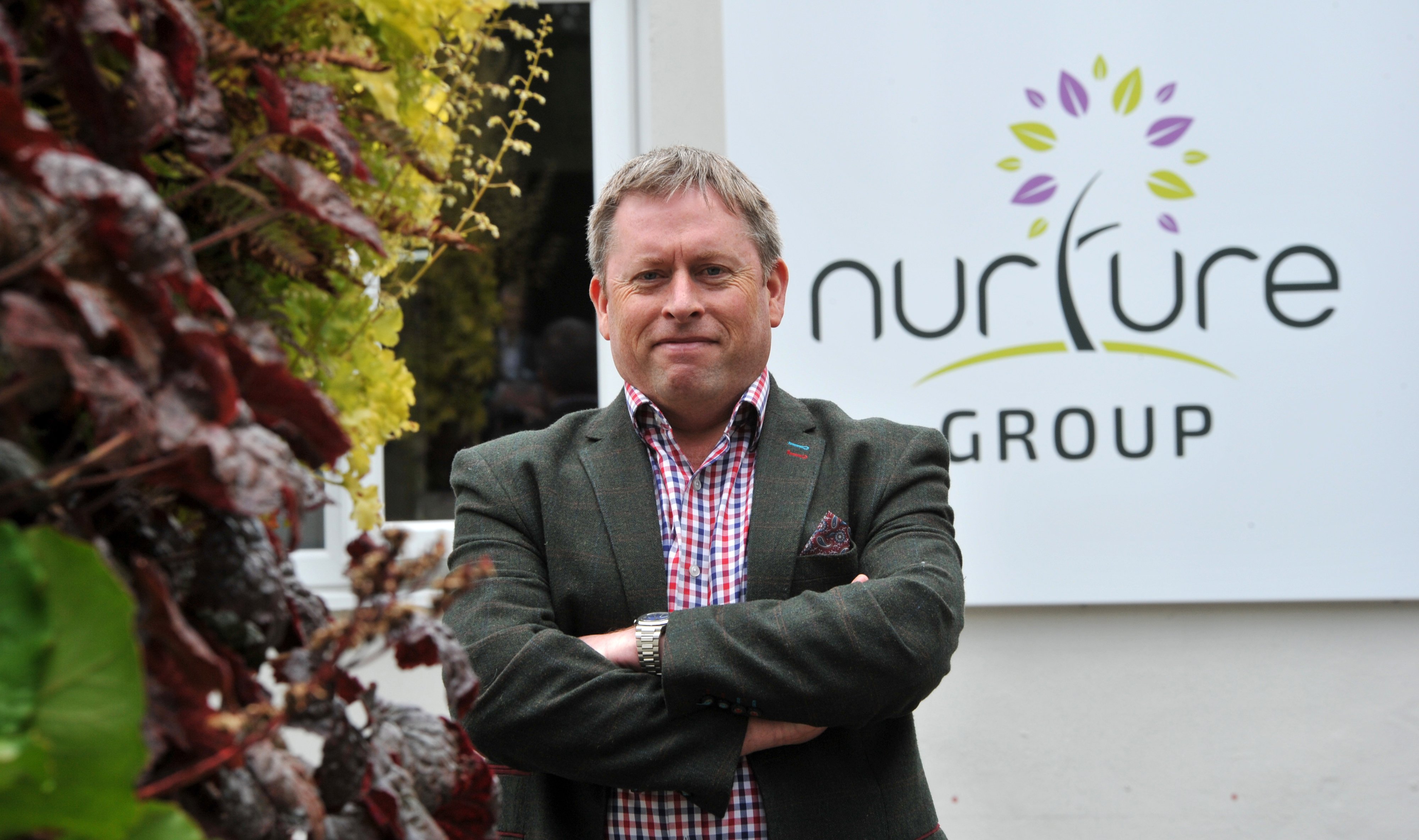
Fraser (pictured above) added: “We will use the data to manage workload, knowing what the vehicle capacity is in every area and how we allocate the work across the country to improve efficiency. It will also enable us to run scenarios of business wins and how they impact travel times, density of fleet and depot location.
“For example, do we have fewer, bigger depots with more travel time, or more smaller depots with higher rental costs?”
As a company ingrained in creating a healthier, safer and more beautiful world, Nurture recognises the contribution its fleet needs to make to the conservation of the local and national biodiversity.
Five years ago, it revised its company car policy to allow only full electric or plug-in hybrid models; they now make up 90% of the fleet. Nurture contributes to the cost of installing a home charger to support uptake.
Vans are more problematic, particularly with payloads and towing requirements. Currently 5% are zero emission (just under 100 vans) consisting of Renault Kangoo E-Tech and Ford E-Transit models. PHEVs have also been included as part of a trial.
The Ford vans include the Pro Power Onboard option, which consists of three 240-volt sockets (two in the cargo area, one in the cabin), enabling tools to be charged without needing to rely on a mains power source or a separate fuel-driven generator.
Pro Power Onboard delivers 2.3 kilowatts of exportable energy and can power a 2kW tool continuously for more than three hours, using just 10% of the battery.
Fleet decarbonisation target of 2040
Nurture’s target is to decarbonise its entire fleet by 2040, with a reduction roadmap aligned to the Science Based Targets Initiative.
The fleet team is continually seeking other ways to minimise the environmental impact, which led to it scope out HVO (hydrotreated vegetable oil) as a renewable replacement for diesel.
“We can bunker fuel at our depots and most of our fleet, which are Fords, can move to HVO. We could reduce carbon by 80% on three-quarters of our fleet by adopting it,” said Asim Iqbal.
“Due to the payload and cost considerations of full electric, HVO is a better option to reduce carbon at this time. Our tippers and HGVs can also use HVO, as can our plant and machinery, so it will mainly be our smaller vans that we look to transition to electric now.”
Fraser added: “What we need is greater adoption of HVO, so the price point comes down. I don’t understand why it’s not more widespread already; it can be used right now to reduce carbon.”
About a year ago, in a move which further promotes its sustainability values but also the need to control costs, Nurture switched from ply lining its vans to the Legend lining system, which is more robust, made with recycled materials and - vitally - is less prone to water damage.
To date, 80 vans have been fitted with the new flooring which provides a protective barrier that shields against damage from cargo and tools. The wipeable coating also means the system is mould resistant, improving the working environment for drivers.
“This protection is important as we are keeping vans for 60 months,” said Mohib Iqbal. “We used to have to change the ply lining one or twice during the contract. We don’t expect to have to replace this new product.”
Nurture is a fascinating example of an organisation working hard to minimise downtime, improve sustainability and protect its drivers while managing extreme growth through acquisition and organic contract wins.
Robust processes deployed across the team, supported by obsessive data analysis, are essential, but it’s the people who are the glue keeping everything together.
“Key to our success is to support and build functioning teams,” Fraser said. “Mohib, Asim and the wider fleet team are the crucial link point between all parts of the business.”
Nurture: a company on the move
| Year end | Fleet size | YOY growth |
| 2018 | 500 | n/a |
| 2019 | 600 | 20% |
| 2020 | 634 | 6% |
| 2021 | 726 | 15% |
| 2022 | 923 | 27% |
| 2023 | 1,180 | 28% |
| 2024 | 2,314 | 96% |

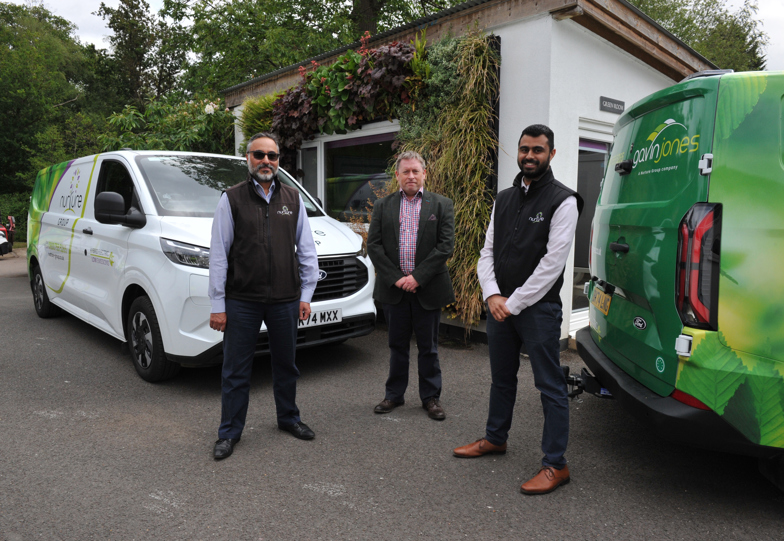




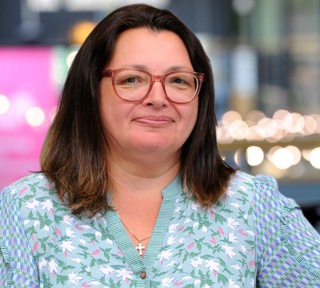

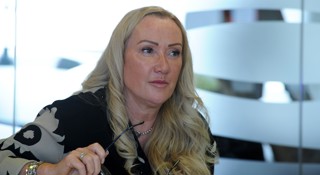




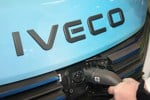




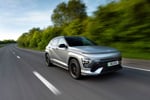
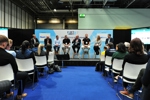
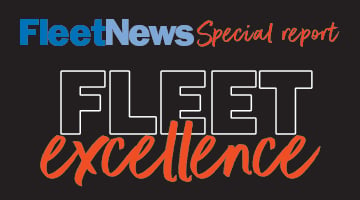
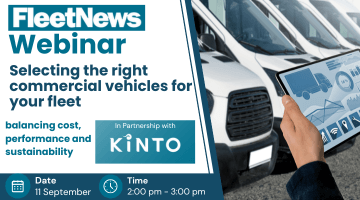

Login to comment
Comments
No comments have been made yet.